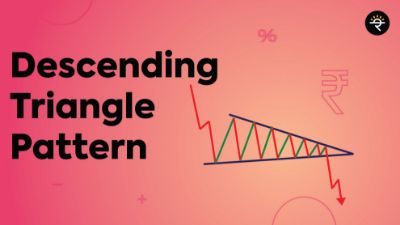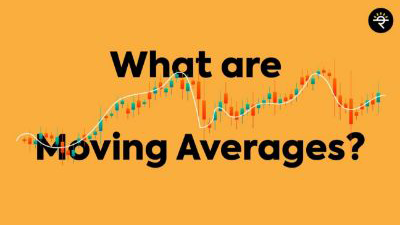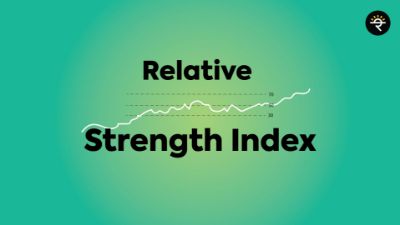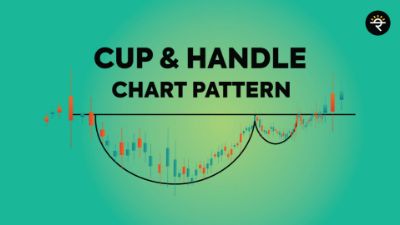Who would have imagined that something as basic as an average can do wonders when extended to the stock market? A concept which we learned in our school days could not only help us identify trends but also take positions and build an overall perspective about the market. Intriguing, isn’t it? So, without any further due, let’s explore everything about averages and how to use it practically.
What are Moving Averages?
Before we move on to moving averages, let me refresh your memory about what are averages. An average is simply a representative figure, calculated by taking a sum of all data points and then dividing the sum by the number of data points. For instance, you know that on average you take 30 mins to reach your office. How did you come upon this number? You simply calculated an average based on the time you took to reach your office in the past. That’s all!
Now let’s come to the Moving average. Talking about the stock market, every day we see a different closing price of the stocks. So, how do we get to know the average market price of a stock and its general trend? This is where the moving averages come into the picture. The Moving average calculations consider the most recent number of data points (closing price of an asset). For example, for 5 days moving average, it will be continuously recalculated by taking the closing price of the recent 5 trading days. So, after every trading session, that day’s closing price would be included, resulting in the exclusion of the oldest closing price from the previous day’s data. This way the data points keep moving ahead every day and hence the name Moving Averages or Simple Moving Averages (SMA).
What is Exponential Moving Average?EMA is a type of moving average. We can say that it is an extension of SMA. So, what’s different about EMA? The recalculation remains the same. Additionally, weights are given to the prices. The recent data will be assigned more weight compared to the older data. This makes sense because more importance is given to the
price which is already discounted based on recent news, events, etc. Hence, EMA tends to react quickly and give early signals than SMA. For all these reasons, EMA is widely used by technical analysts.
How to use Moving Averages?
MA is a lagging indicator as it reacts to the daily closing prices. It is trend friendly and can help us identify trend reversals. As we all know- Trend is our friend, it is widely used by traders because of its simplicity. When the stock price moves above the MA line from below, a bull run can be expected. Therefore, you may explore buying opportunities in such cases. In an uptrend, MA acts as a support level. As long as the price stays above MA the uptrend tends to continue. When a stock price moves below the MA line from above, a bear run can be expected. In such cases, one may explore shorting/exit opportunities. In a downtrend, MA acts as a resistance level. The stock is said to be in the downtrend as long as the price stays below MA. MA won’t work when the price movement is sideways. You can observe the same on the chart of Tata Coffee shared below.
But simply applying a MA on the chart and taking positions based on it is not enough. Hence, we have something known as crossover strategies where a short-term moving average (also known as fast EMA) and a long-term moving average (also known as slow EMA) are combined to give us an overall picture of a stock. So, let’s have a look at 2 crossover strategies, which uses 50-days and 200-days EMA.

a. Golden Cross
A golden cross is ideally a sign of an upcoming bull market. It is formed when a short-term moving average (50 DEMA) crosses the long-term moving average (200 DEMA) from below. This crossover can help us identify trend reversal from bearish to bullish. If this crossover is backed by strong volumes and bullish signals from other indicators it indicates strength in bullishness. This is when you may explore buying opportunities. Once this crossover takes place, the 200 DEMA will act as an important support level.
This can be observed on Tata Coffee’s daily chart below. A golden cross happened on 26th June 2016 (highlighted) with high volume. After that, the stock continued to move in an uptrend and took support around 200 DEMA multiple times.
b. Death cross
A death cross is ideally a sign of an upcoming bear market. It is formed when a short-term moving average (50 DEMA) crosses the long-term moving average (200 DEMA) from above. This crossover can help us identify trend reversal from bullish to bearish. If this crossover is backed by strong volumes and bearish signals from other indicators, it indicates strength in bearishness. This is when you may explore shorting/exit opportunities. Once this crossover takes place, the 200 DEMA will act as an important resistance level.
This can be observed on Tata Coffee’s daily chart below. A death cross happened on 7th March 2018 (highlighted). After that, the bullish trend was reversed. The stock took resistance around 200 DEMA multiple times.
 Bottomline
Bottomline
The important point to remember is that MA works when a stock is trending either on the upside or downside. Hence, you need to take a look at the general trend of the stock before making a trade decision. Avoid using MA in the sideways trend. Another important doubt which my students often ask me is what length should be used while using MA. People use 5 days, 10 days, 25 days or even 200 days. There’s no hard and fast rule about it. It completely depends on your investment horizon. Apart from this, make sure to check other parameters like candlestick patterns, volume, RSI, etc. to get a confident view. If you would love to understand the calculations that go behind MA and how to use these other significant indicators, make sure to check out my course on
Technical Analysis. Until next time!



















